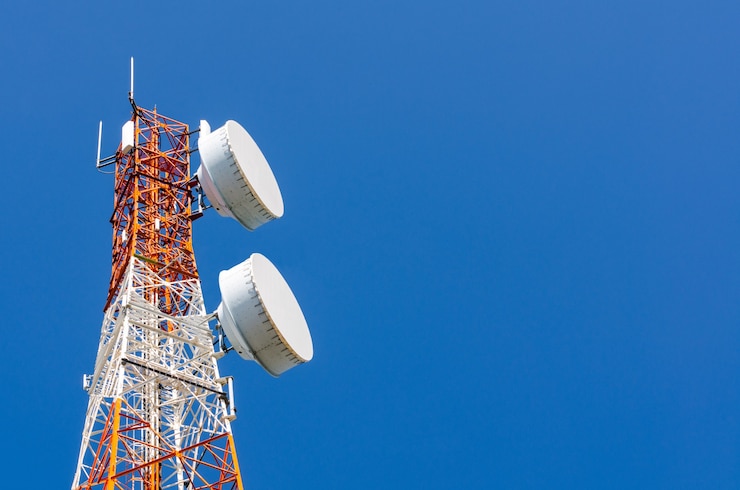In Short:
TRAI has made new rules for telecom companies to report detailed information about their mobile towers, to improve service quality and reduce call drops. Operators must provide specifics like location, frequency, technology used, and connectivity within 21 days at the end of every quarter now. TRAI says backhaul connectivity affects service quality, so details like fibre or wireless connections are crucial. The regulator also wants data on 5G sites and cells as many are being set up. TRAI found high drop call rates due to incorrect reporting and wants unique identification for each cell under a base station, not just at a circle level. TRAI also plans to conduct regular audits to ensure that telecom companies are providing accurate and up-to-date information about their mobile towers. Additionally, TRAI has warned operators that failure to comply with the new reporting rules could result in penalties. TRAI believes that these measures will ultimately lead to improved service quality and a better experience for mobile phone users across the country.
TRAI Strengthens Reporting Rules Around Base Stations
Imagine the world of telecom towers and base stations – all the technology and connectivity that keep us connected every day. Well, the Telecom Regulatory Authority of India (TRAI) has decided to dive deeper into this world by strengthening reporting rules around base stations or mobile towers.
Granular Details Required
TRAI is now asking operators to provide more detailed information such as site location, radiating frequency, backhaul connectivity, and the technology used (2G, 3G, 4G, 5G) when commissioning a site. This move aims to enhance the quality of service (QoS) and tackle the issue of call drops. Operators must now provide precise details of a site at a district, town, or village level as per the local government directory, instead of on a telecom circle level as before.
Strict Timelines
Operators have been given a deadline of 21 days after the end of each quarter to submit these details, with the new rules coming into effect immediately.
Focus on Connectivity
TRAI points out that the quality of service at any base station is heavily influenced by the type of backhaul connectivity used. So, details about the type of connectivity (fibre, wireless, etc.) are crucial to evaluate the impact on QoS. With the rollout of numerous 5G sites and services, providing details about these base stations and cells is now essential.
Addressing Drop Call Rates
In its analysis of drop call rates (DCR), TRAI found that some reported cases, as high as 6.3%, were coded as “does not exist” (DNE). To rectify this, details of each cell under a base station, along with its unique cell global identity, need to be provided in a separate row.





